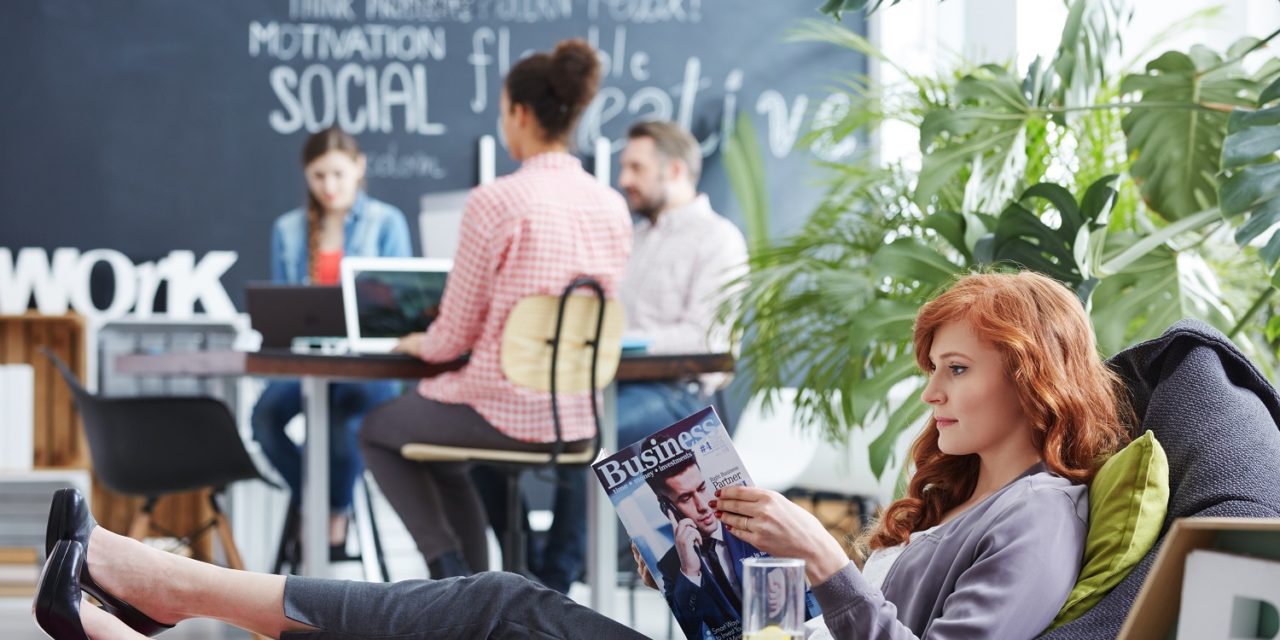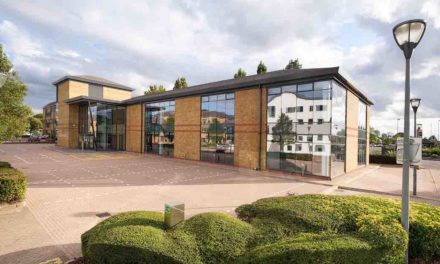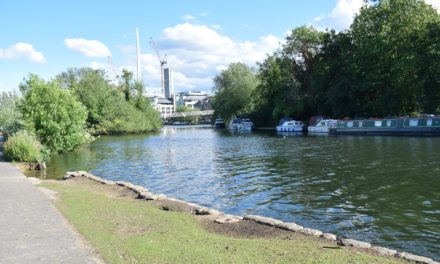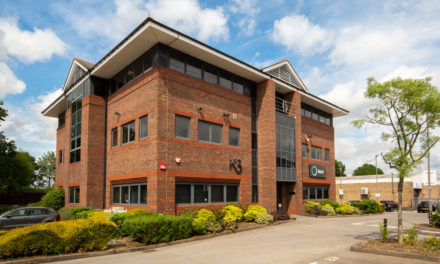Around 80 days have passed since the great working from home experiment began. At the time, many naysayers predicted the death of the office and a permanent shift to home working.
However, as previously reported by property consultants at Vail Williams LLP, we are all innately social beings who crave interaction with other people. So reports of the death of the office may be premature according to Vail Williams partner David Thomas.
According to new COVID-19 research from Qualtrics nearly half of UK workers (49 per cent) currently working from home, admit that their mental health has suffered during lockdown.
Some 32 per cent have experienced feelings of social isolation, while 30 per cent have found it hard to focus, and approximately 25 per cent have experienced lower levels of motivation, too many distractions or are being less productive.
The truth of lockdown homeworking is that many of us do not have a dedicated workspace at home. For those of us with partners also working from home, it is even less likely that we would have two of them.
We have heard stories of couples sitting either side of the kitchen table, taking it in turns to make calls and people in one-bed flats working from their sofas, where the lines between work and home mode have become blurred.
Will working from home endure?
Looking ahead to a future beyond social distancing, enhanced cleaning and the use of gallons of hand sanitizer, what will the future of work look like?
Will we still be sat at home for the majority of the time? And will people even want to return to an office environment?
According to Gensler’s work from home survey 2020[i] published recently, most people do want to return to the office.
A total of 70 per cent of respondents said they wanted to work in an office the majority of the time, with 44 per cent expressing a wish to work from the office five days a week, particularly younger people who reported being less productive from home.
Nearly three quarters of those surveyed (74 per cent) said that the thing they missed the most about the office environment was its people, and over half of respondents wanted to be able to schedule meetings with colleagues, socialise and have impromptu face-to-face interaction.
However, there is also the expectation that the office they return to will be significantly different to the one they left at the end of March.
But what will the future workplace look like? What needs to change for the new normal? And what new tricks and habits can we, as employers, make stick?
What if we could take what we have learned over the last 10 weeks and go back to a ‘better’ office and work life?
Here are some of our thoughts on how this could be achieved.
The end of presenteeism
Overnight, companies had to trust their employees where technology allowed them to work from home. Hopefully, this trust will endure and people will be able to enjoy a better work/life balance which is founded on a culture of work in which trust prevails.
Taking ‘sick’ seriously
Perhaps we will see a seismic shift in the perception around those unwell with coughs and colds who stay off work sick. By staying at home so as not to infect colleagues and those around them, perhaps this will be appreciated and taken more seriously, even if it’s just as a precautionary measure.
The eradication of rush hour
Maybe we will rethink the inefficiencies of sitting in rush hour traffic to get to work, and log onto the laptop at home for an hour or so before going in to collaborate with our colleagues. This will also help to stagger arrival at work, making it safer to travel on perhaps less populated public transport.
Better meeting management
When scheduling meetings, we can have a new dialogue which says “Stop! Do we need to travel long distances to physically meet for an hour? Or can we do our bit to save the planet and ‘schedule a Zoom’ instead?
Ditch the dress code
Have ties been tied for the last time? Will you ever wear a suit again? It is important for professionals to convey a certain image of their business, particularly when operating in an advisory role.
But wearing comfortable clothes is also important and it’s not impossible that wearing client-appropriate, yet comfortable, clothing in the new working norm may actually increase productivity.
Office redesign
In the context of the changes above, to make the office more inviting for those who got used to working in their lounge, kitchen or dining room, perhaps offices can be designed to better reflect these spaces rather than creating identical banks of desks? Quiet spaces to allow concentration, places to collaborate and undedicated call rooms for all those extra Zoom or Teams calls.
Whatever the new normal finally looks like, rather than inciting the death of the office, this crisis may have breathed new life into it as the place to collaborate, innovate and accelerate a shift to a more sustainable way of doing things.
It may lead us to be more considerate of others and kinder to ourselves, as well as those around us. Ultimately, it could lead us to appreciate our workplaces all the more, because we all understand the challenges when we are not able to go to the office.


















